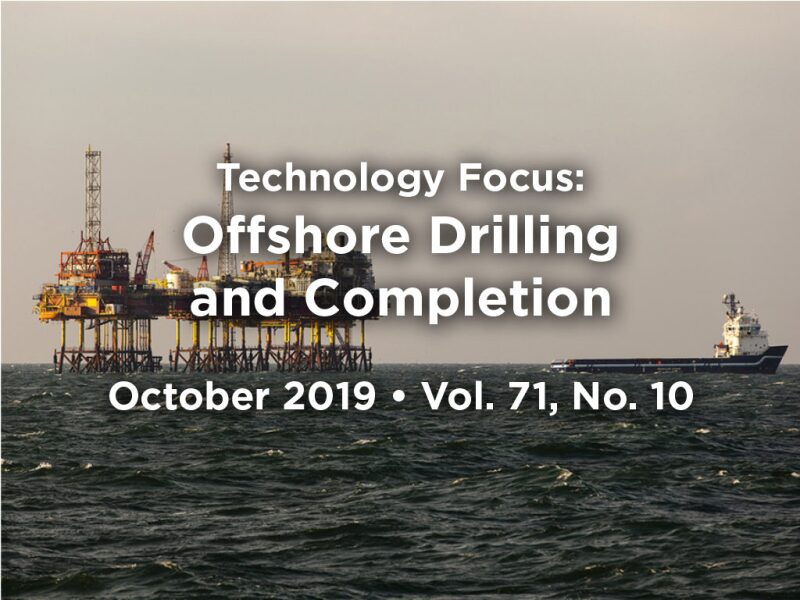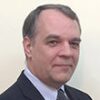Measured-pressure approaches (drilling, cementing, and completions) have offered much promise for some time but have been slow to reach widespread application. A spate of technical developments, deployments, trials, and applications, however, recently has pushed measured-pressure drilling (MPD) and its nuanced variants to their full potential as viable well-construction methods.
Development of fully integrated drilling, control, and management systems, along with surveillance and data-processing enhancements, have brought the idea of fully functional real-time measured-pressure management to reality. Increasing experience, design feedback, validation, and enhancements are making a number of derivatives of the approach widely applicable. As well as the drilling operations themselves, experience has increased to include all aspects of the well-construction process, including both cementing and completion running operations. Increasing equipment automation and surveillance and control systems is now providing confidence and accuracy with well-calibrated models of in-situ behavior. Additionally, the real-time management of operations creates a feedback loop that allows continuous improvement to be at the heart of execution and learning.
As broader industry experience and case history volume increases, the ability to deploy and use these approaches will provide additional flexibility to operators as they develop increasingly challenging formations and tight or complex pore-pressure fracture-gradient profiles and windows. Measured-pressure techniques and variants now appear to be coming of age, and wider application will continue to enhance and enrich their functionality. Continued automation, data management, and personnel training and experience will support the continued and increasing deployment of these approaches.
This Month's Technical Papers
MPD Monitoring Technique Allows Rapid Redesign, Flexibility
Managed-Pressure Cementing Provides Zonal Isolation in Deepwater Gulf of Mexico
Integrated Deepwater MPD Control System Increases Accuracy, Ease of Use
Recommended Additional Reading
SPE/IADC 194538 The Business Case for Use of Applied-Backpressure Managed-Pressure Drilling in Deepwater Gulf of Mexico by Sharief Moghazy, Shell, et al.
SPE/IADC 194541 Acoustic Telemetry Network Provides Real-Time Downhole Data Transmission During Drilling, Cementing, and Completion Installation for Use in Depleted Reservoirs and During Managed-Pressure Operations by Andy Hawthorn, Baker Hughes, a GE company, et al.
SPE/IADC 194554 Using Managed-Pressure Drilling and Early Kick/Loss Detection System To Execute a Challenging Deepwater Completions Job in the Gulf of Mexico by Julian Hernandez, Weatherford, et al.

| Martin Rylance, SPE, is senior adviser and engineering manager for the Frac & Stim Group with BP. He has worked with BP and its partners and joint ventures for more than 28 years. Rylance holds a BS degree in pure mathematics. He has been involved in all aspects of pumping operations, well control, well interventions, and pressure service. Rylance has specialized in unconventional resources and fracturing in tectonic and high-pressure/high-temperature environments. During his career, he has been responsible for the implementation of numerous intervention campaigns, pilots, and exploration programs. Having lived in 10 countries and pumped in more than 20, Rylance has created and managed teams that have delivered thousands of fracturing and stimulation treatments around the world. He has numerous papers and publications to his name. Rylance was an SPE Distinguished Lecturer in 2008–09 and in 2013–14 and is a member of the JPT Editorial Committee. He can be reached at martin.rylance@se1.bp.com. |


